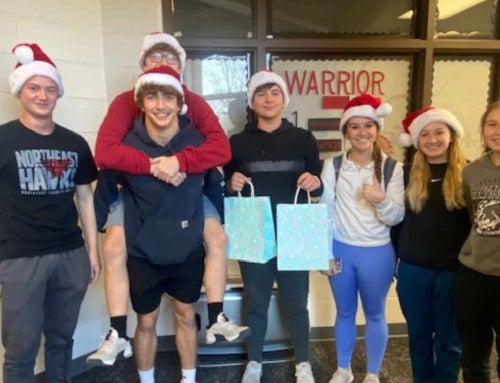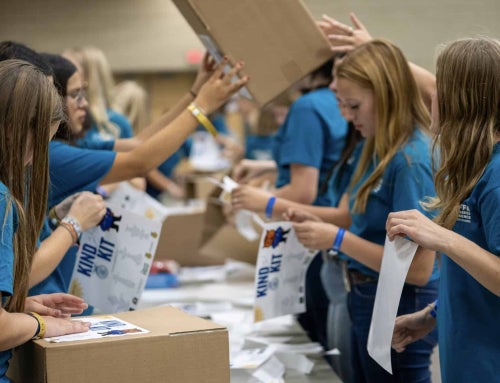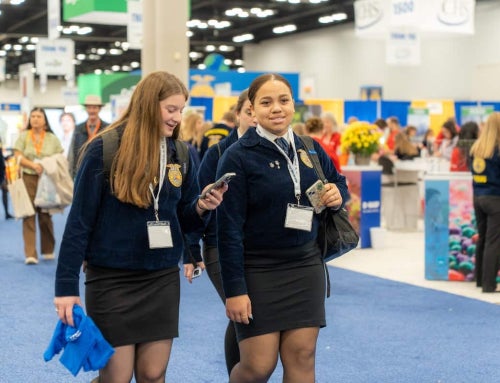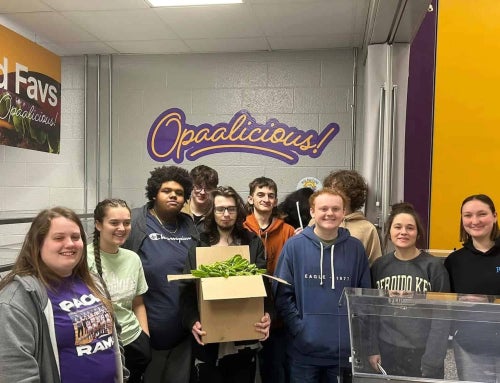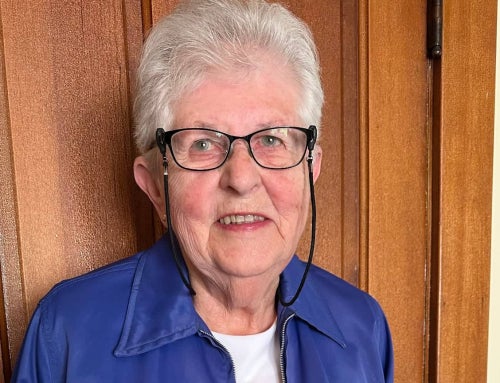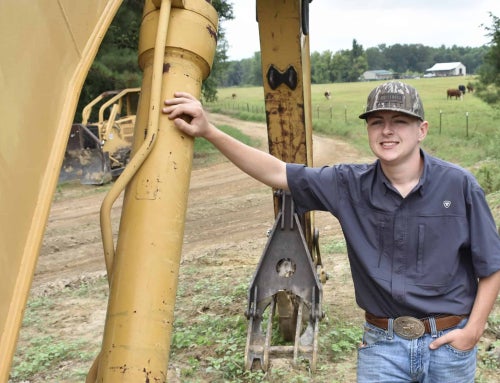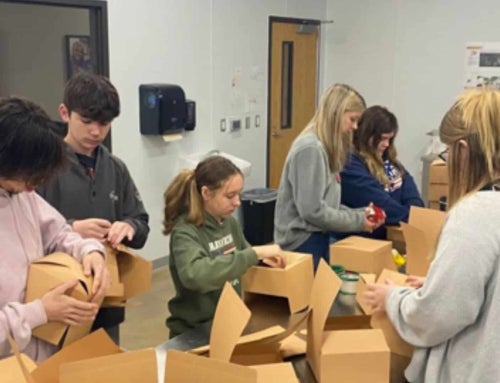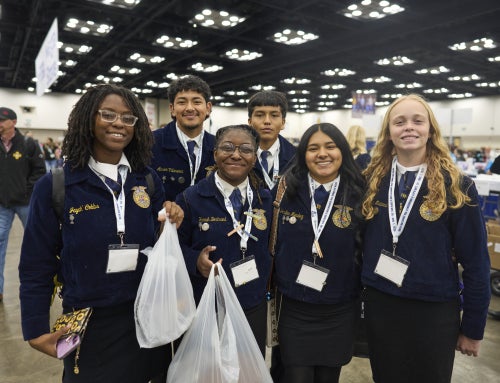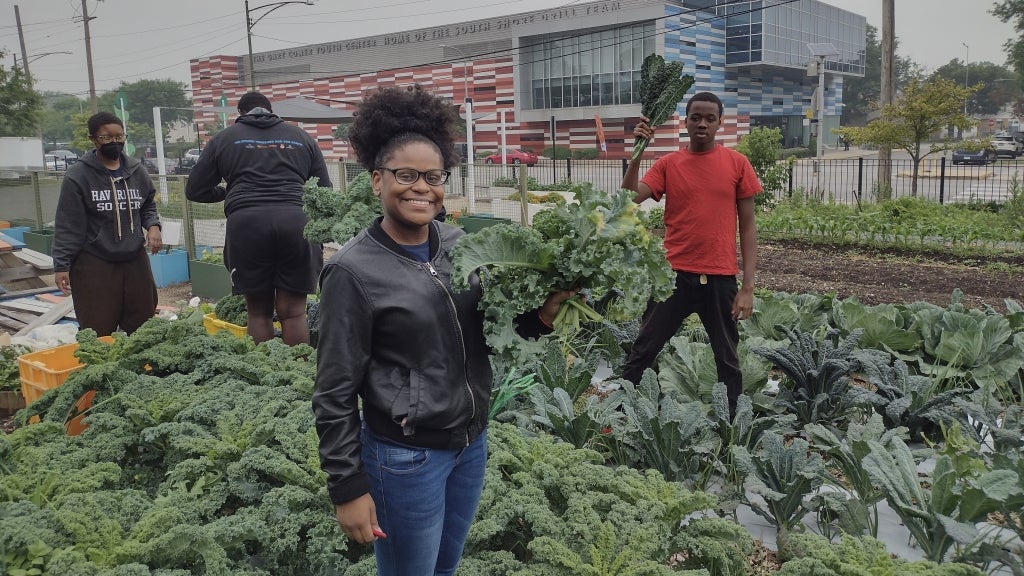
Students gather fresh greens grown on their two-acre farm. Photo courtesy of Amanda Anderson.
Located on Chicago’s South Side in a busy metropolitan district, the two-acre Comer Crops Youth Farm is the largest student-led farm in the state.
“Urban agriculture, or nontraditional agriculture, can have a lot of benefits, but it looks different,” says Amanda Anderson, urban agriculture program manager and FFA advisor for the Gary Comer Youth Center. “That doesn’t mean our students are any less involved in agriculture — it just takes on a different flavor. I’m really proud of our young people because we have something unique, and it’s completely run by students.”
The Gary Comer Youth Center provides agriculture classes for various high schools located within a half mile of the center. Students and FFA members are tasked with working on the Comer Crops Youth Farm during school hours, as well as after school and throughout the summer.
“We’re different from the average FFA chapter since three schools feed into our chapter, but that allows us to reach a bigger audience of students,” Anderson says. “We have a garden, chickens and outside classes, so that’s a big draw for a lot of our students. Our young people gain skills and expertise working with the plants. People are surprised by what we can do with two acres — we just harvested 100 pounds of zucchini.”
Space to Flourish
Senior Aniyah Smith began working on the farm during her freshman year. Four years later, she now helps with planting, harvesting, animal care and sales, and she leads tours to promote community farming.
“What I enjoy most is caring for the baby quails and chickens, whom I lovingly call my ‘grandbabies,’” Smith says. “I’ve learned a lot about animal behavior and responsibility. I also enjoy gardening and giving tours, sharing what we do and connecting with the community through agriculture.”
According to Anderson, about 95% of the harvested food stays in the community. Students and FFA members who help on the farm can take what they harvest home to their families, and a farmers market is held twice a week from June through October. Throughout the season, more than 200 varieties of produce is grown, including collard greens, cabbage, kale, hydroponic lettuce, tomatoes, peppers, cucumbers, squash, pumpkins, potatoes, peaches, apples, blackberries and strawberries.
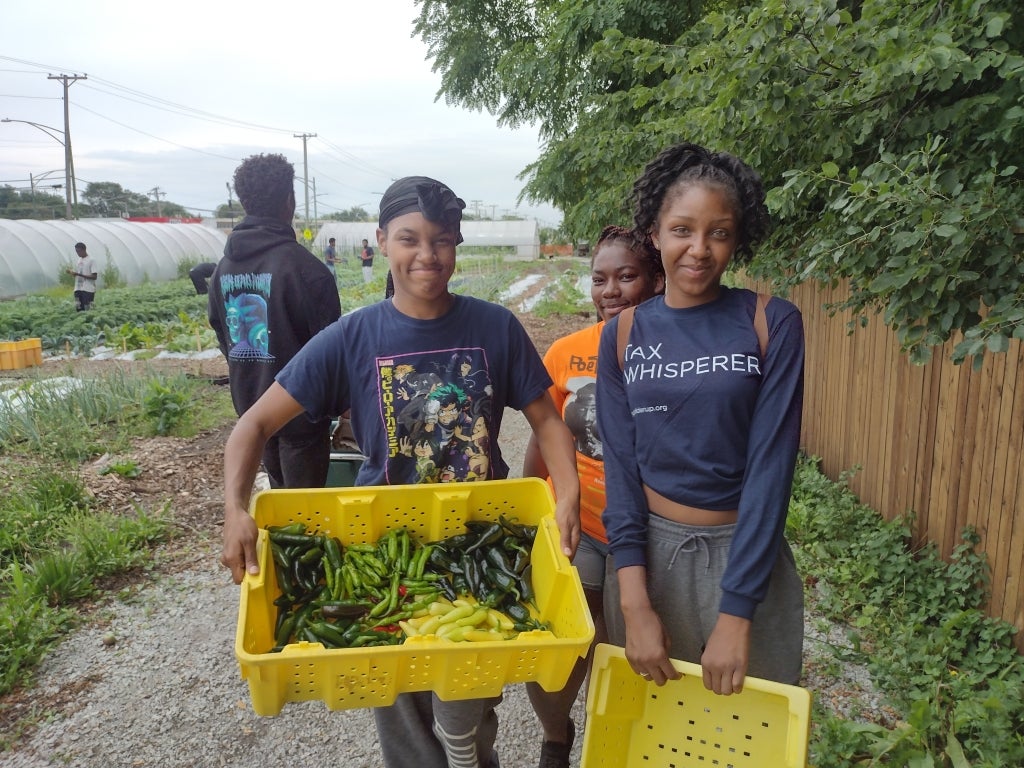
Students smile with their hand-picked peppers. Photo courtesy of Amanda Anderson.
“Our community gives us feedback on what they would like us to grow,” Anderson says.
Leftover produce not sold at the market is donated to a food pantry located a block from the farm, and some is also used by the school’s culinary department in breakfasts, lunches and dinners. The youth center also offers a post-secondary opportunity for students ages 18-24, who can get paid to complete a 2,000-hour urban farm apprenticeship.
“During summer 2025, we had 45 high schoolers involved and 20 apprentices, so it’s a solid group,” Anderson says. “It’s really fun, because even though students come from different schools, we all live in the same community and work together on common goals.”
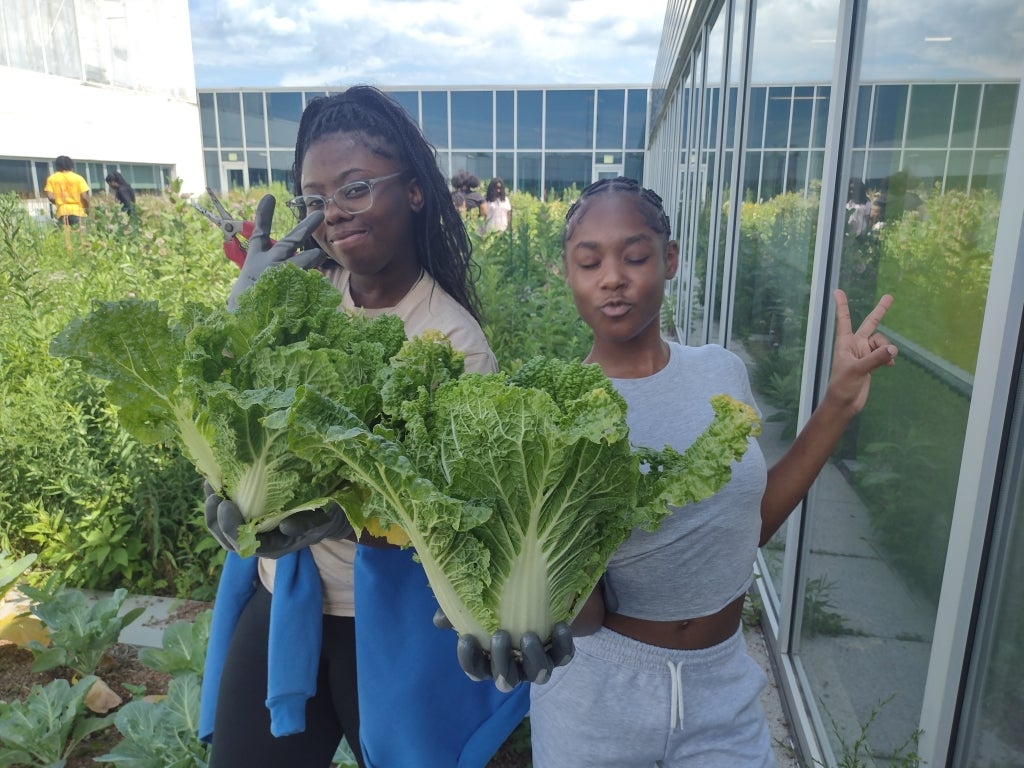
For these students, working on the farm can be fun. Photo courtesy of Amanda Anderson.
For Smith, the most rewarding part has been the opportunity to give back to her community.
“I’ve learned the deeper meaning of agriculture — not just how to grow crops, but the history and cultural importance behind it,” she says. “Seeing the joy and fascination on the faces of community leaders and members when they engage with the land has been incredibly rewarding. As a young person, gaining these skills and understanding has been a meaningful experience.”




